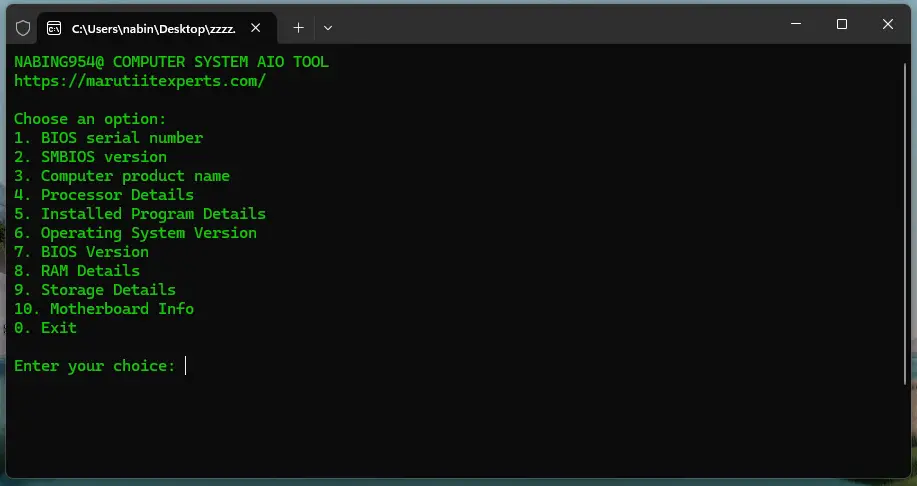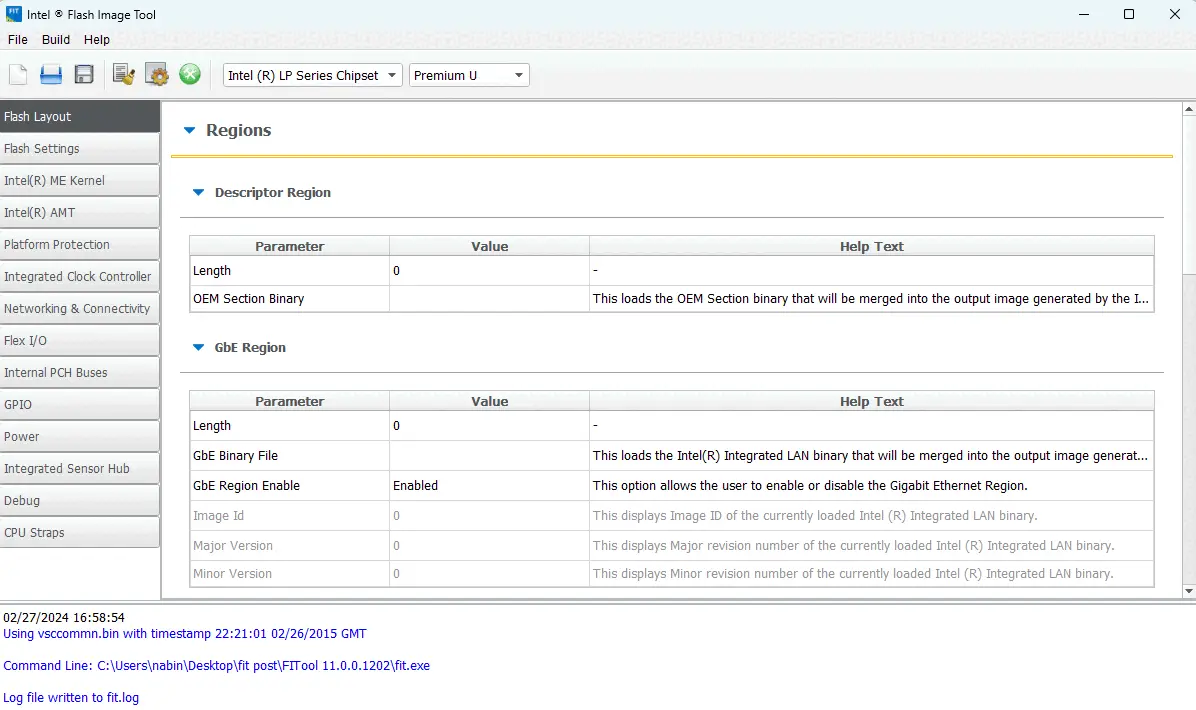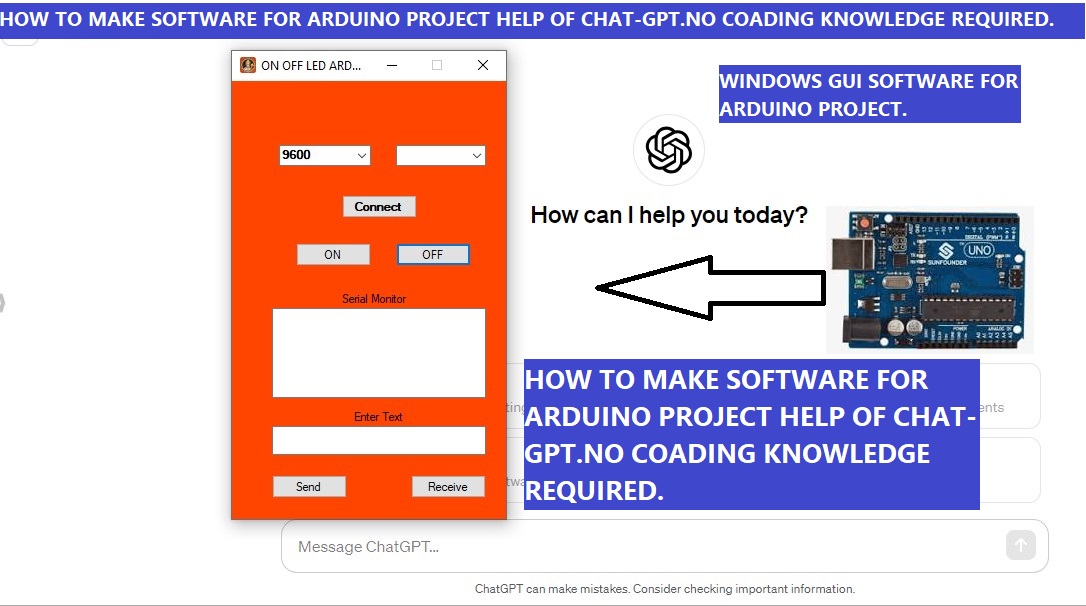Altera max II EPM240 CPLD Development board uses & usb blaster driver.

A CPLD (Complex Programmable Logic Device) is a type of programmable logic device that can be used for various digital logic applications. CPLD boards are hardware platforms that incorporate CPLDs and are designed for prototyping, testing, and implementing digital circuits. Here are some common uses of CPLD boards:
Logic Implementation: CPLDs are used to implement digital logic circuits. You can program the CPLD to perform specific logical functions, such as combinational or sequential logic, allowing for flexible digital circuit design.
Digital Signal Processing (DSP): CPLDs can be used in DSP applications to process digital signals. They can implement algorithms for filtering, modulation, and other signal processing tasks.
FPGA Prototyping: CPLDs are sometimes used in conjunction with FPGAs (Field-Programmable Gate Arrays) for prototyping and testing digital designs. While FPGAs are more complex and capable of handling larger designs, CPLDs are simpler and can be used for specific tasks within a larger system.
I/O Expansion: CPLDs can be employed to implement I/O (Input/Output) expansion for microcontrollers or other embedded systems. They can provide additional digital ports, interfaces, or custom control logic.
State Machine Implementation: CPLDs are well-suited for implementing finite state machines (FSMs). State machines are used to model and control the behavior of digital systems, making CPLDs useful in applications that require sequential logic.
Embedded Systems: CPLDs can be integrated into embedded systems to provide custom logic functions tailored to the specific requirements of the application. This is often done to offload certain tasks from the main microcontroller or processor.
Educational Purposes: CPLD boards are commonly used in educational settings to teach digital design, programmable logic, and FPGA-related concepts. They provide a hands-on platform for students to experiment with digital circuits and gain practical experience in hardware design.
Custom Peripheral Interfaces: CPLDs can be used to create custom peripheral interfaces for specific applications. This is useful when a standard microcontroller or processor lacks the required interfaces for a particular project.
When working with CPLD boards, you typically use a hardware description language (HDL) such as VHDL or Verilog to describe the functionality you want to implement. The CPLD is then programmed with the synthesized design to perform the desired logic functions.
Introduction of usb blaster
The USB Blaster is a programming cable and hardware interface designed for programming and configuring FPGA (Field-Programmable Gate Array) and CPLD (Complex Programmable Logic Device) devices manufactured by Intel (previously Altera). It is a crucial tool in the development and configuration process of digital designs on these programmable logic devices.
Key features and functionalities of the USB Blaster include:
Programming Interface: The USB Blaster serves as a connection between your computer and the FPGA or CPLD device. It connects to a USB port on your computer and interfaces with the JTAG (Joint Test Action Group) or AS (Active Serial) programming header on the target FPGA or CPLD board.
JTAG and AS Modes: The USB Blaster supports both JTAG and AS programming modes. JTAG is a widely used standard for boundary-scan testing and programming of integrated circuits. AS mode, on the other hand, is an alternative programming mode that uses a serial configuration device on the target board.
Quartus Prime Compatibility: Quartus Prime is the software suite provided by Intel for FPGA and CPLD design and programming. The USB Blaster is recognized by Quartus Prime as the hardware interface for programming and configuring FPGA and CPLD devices.
Configuration and Debugging: In addition to programming, the USB Blaster is used for configuring the FPGA or CPLD and for debugging purposes. It enables users to download configuration files to the target device and supports debugging features provided by the Quartus Prime software.
Multiple Device Support: The USB Blaster is compatible with various FPGA families manufactured by Intel, including Cyclone, Arria, and Stratix series. It is also used with some CPLD devices in the Intel product lineup.
When working with FPGA or CPLD development, the USB Blaster is an essential tool for transferring the synthesized design from the development environment (like Quartus Prime) to the programmable device on the target board. This process is critical for tasks such as prototyping, testing, and deploying digital designs in applications ranging from embedded systems to digital signal processing.



